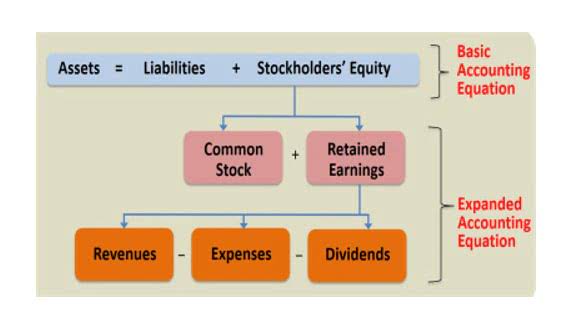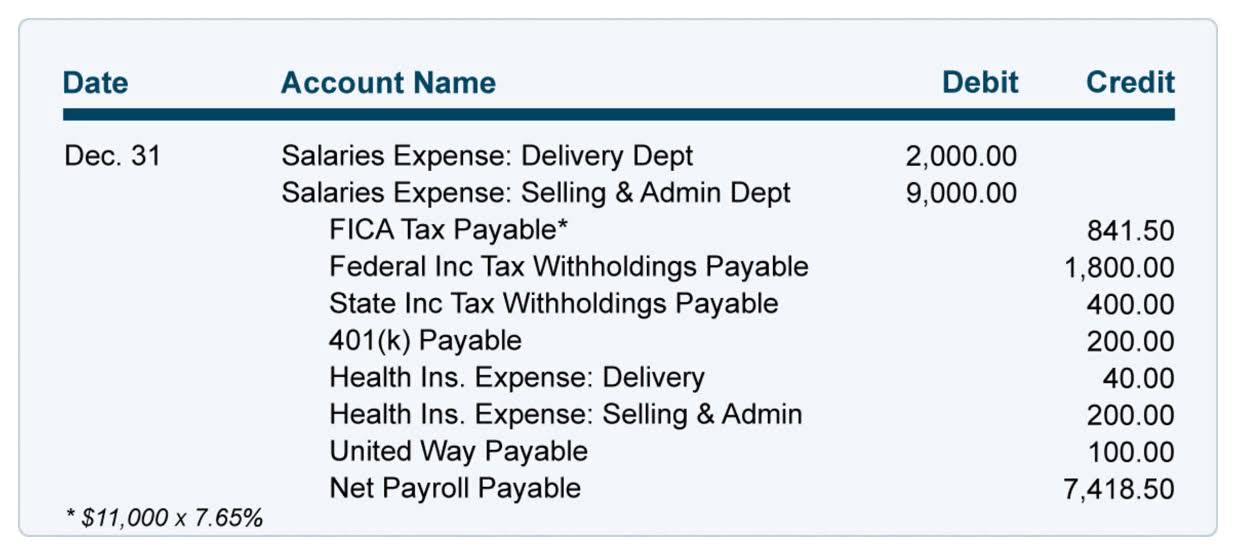
If new financing cannot be found, the company may be forced to liquidate assets in a fire sale or seek bankruptcy protection. There are also considerations to make regarding the true liquidity of accounts receivable as well as marketable securities in some situations. Mutual Funds are subject to market risks, including loss of principal amount and Investor should read all Scheme/Offer related documents carefully. The NAV will inter-alia be exposed to Price/Interest Rate Risk and Credit Risk. Past performance of any scheme of the Mutual fund do not indicate the future performance of the Schemes of the Mutual Fund. BFL shall not be responsible or liable for any loss or shortfall incurred by the investors.
- Cash and cash equivalents should definitely be included, as should short-term investments, such as marketable securities.
- Shaun Conrad is a Certified Public Accountant and CPA exam expert with a passion for teaching.
- Nevertheless, it is important to note that a very high quick ratio may not be better.
- The term acid-test ratio refers to the ability of a business to pay off its immediate creditors without liquidating any inventory.
- As noted from the below graph, the Cash Ratio of Microsoft is a low 0.110x; however, its quick ratio is a massive 2.216x.
What is Economic Profit? Understanding True Business Performance Beyond Accounting Numbers

An ideal quick ratio You must calculate the quick ratio and will help to net sales analyze the ratio trend to judge the company’s short-term liquidity and solvency. This means the company has $2.50 in liquid assets for every $1.00 of current liabilities. Tally Solutions is an effective tool for computing critical financial ratios, such as the fast ratio. A cloud-based accounting and ERP solution aids companies in streamlining their financial processes and gaining insightful data.
Formula of quick ratio
- Whether you’re a seasoned investor or a budding entrepreneur, the Quick Ratio is a crucial tool in your financial arsenal.
- Add together your accounts payable and short-term debt to find current liabilities.
- The Quick Ratio, also known as the Acid-Test Ratio, is a financial ratio that assesses a company’s ability to meet its short-term obligations using its most liquid assets.
- Regulators, such as government agencies or industry associations, use the quick ratio to evaluate the financial health of companies operating in regulated industries.
- The quick ratio is also helpful for companies with a high short-term debt level.
Current assets are any assets that can be converted into cash within one year while current liabilities are a company’s debts or obligations that are due within 12 months. This may include cash and savings, marketable securities (stocks and bonds), and accounts receivable (money owed to the company by customers and clients). Current ratios are the most inclusive of the three formulas, as they account for assets that may be harder to convert into cash. In other words, liquidity ratios measure how quickly your company can convert its assets to cash to cover its debts.
Unfavorable Ratios with Other Metrics – Why Does a Low Quick Ratio Indicate Potential Financial Risk for a Company
A company with a low quick ratio may still have sufficient long-term liquidity to support its business. The quick ratio may not be as helpful for specific industries, such as retail or manufacturing, where inventory turnover is high. In these industries, companies may have a large amount of inventory that can be quickly converted into cash. Analysts also use the quick ratio to compare a how to calculate a quick ratio company’s liquidity to its peers or industry benchmarks, providing additional insights into its financial performance. This information is critical when making investment decisions, as companies with low quick ratios may be at a higher risk of defaulting on their debts or facing financial distress. In this example, the quick ratio is 0.875, indicating that the company has enough liquid assets to cover 87.5% of its short-term liabilities.

Does Not Consider Financial Leverage
For every $1 of current liability, the company has $1.19 of quick assets to pay for it. Higher quick ratios are more favorable for companies because it shows there are more quick assets than current liabilities. A company with a quick ratio of 1 indicates that quick assets equal current assets. This also shows that the company could pay off its current liabilities without selling any long-term assets. An acid ratio of 2 shows that the company has twice as many quick assets than current liabilities.
India’s choice for business brilliance
The ratio is calculated by dividing current assets less inventory by current liabilities. However, for this ratio, inventory is excluded from current assets as inventory can sometimes be difficult to convert into cash. Additionally, the ratio is also known as the Acid Test Ratio or Liquidity Ratio. The quick ratio considers only the company’s most liquid current assets, including cash and cash equivalents, short-term investments, and accounts receivable. Since inventory cannot be converted into cash as quickly as other current assets, it is not included in the computation. Compared to the current ratio, which considers inventory, the https://www.bookstime.com/articles/invoice-matching quick ratio offers a more robust assessment of a company’s liquidity.
- Accounts payable, however, is one of the most common current liabilities in a company’s balance sheet.
- The quick ratio calculation is relatively easy to understand, particularly when comparing a company’s liquidity against a target figure of 1.0.
- A higher quick ratio means the company is in a stronger financial position, while a lower ratio could mean it might have a hard time covering its immediate expenses.
- Quick assets are the assets that the company can quickly convert into cash with minimal impact on the price received in the open market.
- By converting accounts receivable to cash faster, it may have a healthier quick ratio and be fully equipped to pay off its current liabilities.
- It is calculated by adding total cash and equivalents, accounts receivable, and the marketable investments of the company and then dividing it by its total current liabilities.
In contrast, the current ratio includes inventory, which may take longer to convert into cash. These differences make the quick ratio a more stringent test of a company’s liquidity, providing a clear picture of its ability to meet short-term obligations without relying on inventory sales. The quick ratio, also known as the acid-test ratio, is a crucial financial metric used to evaluate a company’s short-term liquidity position.

Let us take a closer look at the meaning of quick ratio, analyse the formula of the quick ratio and check out some quick ratio examples. As seen in the example above, Ashley’s Clothing Store’s quick ratio is greater than 1. It means that it has enough quick assets to cover all its current liabilities and still has more left. When calculating the ratio, the first thing you need to do is look for each component in the current liabilities and current assets section of the balance sheet. These liquid/quick assets are the current assets of the company that can apparently be quickly converted to cash at close to the book value of the company.

Focusing Too Much on the quick ratio Alone – Common Pitfalls to Avoid When Interpreting a Company’s Quick Ratio
The quick ratio is critical for evaluating a company’s short-term liquidity and financial stability. Regularly monitoring this ratio helps businesses anticipate potential liquidity challenges and make informed decisions about managing their financial resources. The current liabilities of a company are the short-term debts that are due within one year or one operating cycle. The quick ratio calculation pulls all current liabilities from the balance sheet of the company. Hence, the quick ratio formula assumes that all current liabilities have a near-term due date. The quick ratio is a strict liquidity ratio that, by deducting inventory from current assets, assesses a company’s capacity to satisfy short-term obligations with its most liquid assets.
